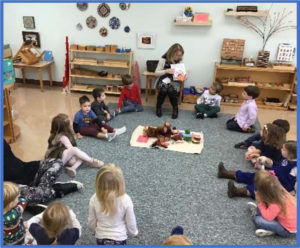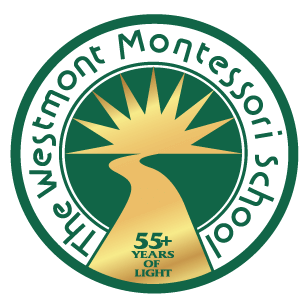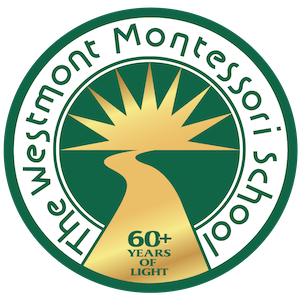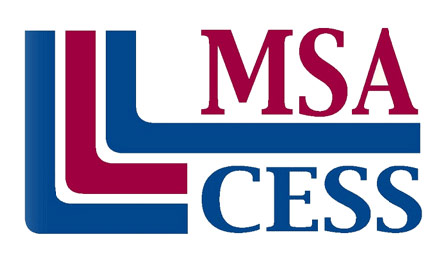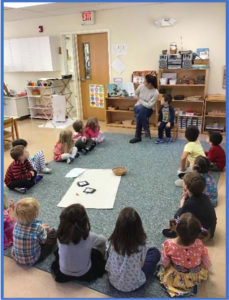
I recently had the pleasure of reading to many of our students from Toddler through Kindergarten in celebration of Read for the Record day. This annual national campaign was launched over a decade ago to highlight the importance of building early literacy skills. I have a passion for books and reading and believe there is no greater gift we can give any child than the gift of a love of reading. Very few children are immune to the lure of being read to, and the importance of this activity can never be under stated. The book Maybe Something Beautiful, is indeed a beautiful story and much enjoyed by all the children.
Apart from opening up a world of imagination and fact‐finding, reading is the window and conduit to all learning. If a child experiences difficulty deciphering the written word, difficulties in learning will follow. It is imperative that the path to reading is supported as early as possible, both at home and at school. Can you remember when you learned to read and what that meant to you?
Watching the progression of language and motor development in children is pretty amazing. Children learn to talk and walk through developmental growth, role modeling, and support. These developments are relatively natural in that they occur without formal training, they unfold before our eyes and we cannot help but wonder at the sheer magic of it all. Learning to read, however, is not as simple and must be supported by a formal and scientific based teaching process.
At Westmont, we utilize a systematic approach to reading that is based on teaching children to recognize that words are made up of sounds and these sounds, when put together, form words. The English language is based on sounds, and it makes sense that children are taught to read through sound identification. Formal instruction that addresses phonemic (ability to identify sound) and phonological (ability to identify and manipulating units of oral language) awareness is key to reading success. The sounds that make up words must first be studied in isolation in order to understand a written system that records sounds.
A recent article in the NY Times opinion piece Why Are We Still Teaching Reading the Wrong Way. October 26, 2018, supports what Dr. Montessori understood clearly when she studied and assessed how children learn. As a scientist, she understood science‐based learning and teaching. The article emphasizes the importance of “explicit, systematic phonics instruction.” At Westmont, our curriculum and classrooms are rich in such prereading and reading sequential and progressive activities which are reliable predictors of reading success.
We begin with an emphasis on vocabulary development, naming objects in the environment, modeling speech in clear tones, teaching finger plays, reciting nursery rhymes and songs, reading stories and engaging in conversation. You may have already heard of the sandpaper sounds, an activity that allows the children to feel the shape of the sound whilst naming the sound. Children learn to match these sounds to objects and pictures. We first teach our students the sounds that the printed letters make. You will hear this process as children practice over and over “huh” for hat, and “duh” for dog. The name of the letters themselves do not logically support sound identification; they are secondary. From there the children move onto word building combining sounds to make words, identifying short and long vowels, beginning medial and ending sounds, and blends. This allows them to truly understand the make‐up of words and move onto what we call an “explosion into reading” meaning that phonemic and phonological awareness is solid.
School and home can support the process together. Don’t forget your local library and bookstore. Be a role model, treat books as treasures, watch your child turn the page in great anticipation of what might be on the next page.
Happy reading!
Colette
